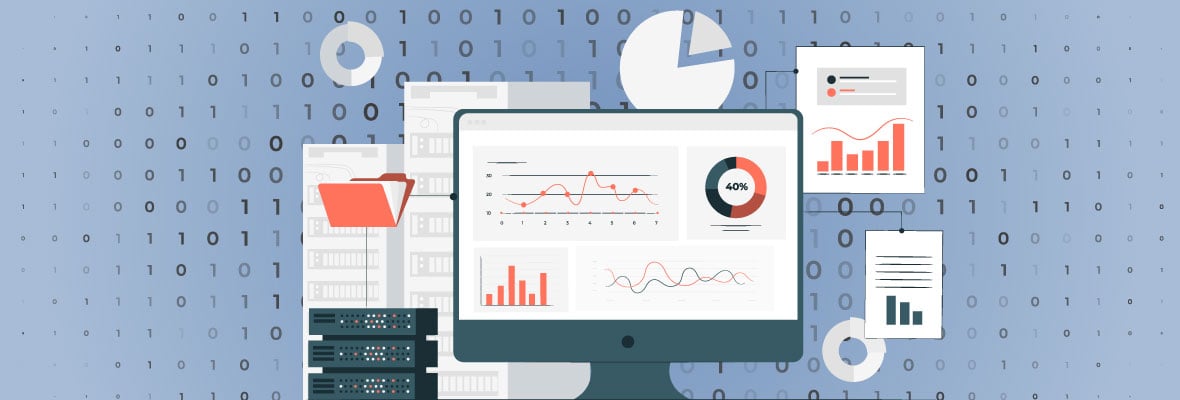This article was adapted from its original version in Toolbox.
Data analytics has always been the foundation to drive actions for IT operations--supporting capacity planning, resource optimization, workload rebalancing, cost projections, and security predictions. But now, there are new demands on IT operations to deliver inclusive data intelligence for managers across IT and the business.
ITOps teams have a growing mandate to positively influence business and customer-related outcomes; their ability to collect, analyze and use data to support many types of decision-making is now top-of-mind.
Amid digital-first business models, IT organizations have also been leading an accelerated migration to cloud infrastructure. The opacity of managing heterogeneous environments and hybrid infrastructure where numerous containerized or virtualized layers are dynamically reconfiguring has complicated the ITOps job immeasurably.
IT operations teams must build a data-driven view of the organization from the customer perspective: cross-cutting different integrated and siloed business and technology functions.
These pain points of traditional data analysis methods must be resolved to align with enterprise goals:
- Lack of customer focus. IT operations can’t understand the customers’ holistic needs along with short and long-term impacts on customer experience. This means a potentially large disconnect between the business (product or service) and the market (customers).
- Wrong strategy: Broken visibility also leads to poor investments. The organization will under or over-invest in key areas such as development, security, infrastructure and monitoring, without an accurate, holistic picture of where the important gaps exist and how everything ties together.
- Reactivity: ITOps must carry on with a reactive approach, operating blindly and moving from solving one issue to the next without a big-picture view of priorities and needs.
- Competitive drain. We see daily examples of enterprises going out of business because they didn’t adapt to changes from digitalization–a stark reality in 2020. As just one example, take ClassPass, a leading fitness and wellness subscription service/app which allows customers to sign up for in-studio or digital live streaming fitness events from boutique studios and spas all over the country. The company has raised $549 million and booked 100 million reservations since its founding in 2013. Meanwhile, traditional gym chains without viable digital offerings such as 24-Hour Fitness and Gold’s Gym, fared poorly in 2020, shuttering locations and filing for bankruptcy. It’s easy to find similar examples across restaurants, hospitality/lodging, retail and banking, among others.
A New Technology Framework for Holistic Data Analytics in IT
The advancement in affordable technology innovation on compute, storage, AI, and ML has made it possible to derive meaningful insights from disparate, discrete, and federated data sources. IT operations teams must build a data-driven view of the organization from the customer perspective: cross-cutting different integrated and siloed business and technology functions. Gaining this data-driven operating environment, however, requires fundamental changes in technology and process:
- This begins by leveraging the discovery, monitoring, APM, networking and AIOps tools in a cohesive and integrated way.
- The goal is to gain end-to-end contextual visibility in near real-time and apply data analytics to drive the best decisions and actions.
- IT leaders will need to develop an overarching strategy for digital operations tools selection and tailor skill sets and create new organizational roles necessary to get the ROI.
- Domain-specific processes must go away as part of this effort.
Consider an ecommerce business which needs to track metrics such as shopping cart abandon rates and transaction time. It’s IT’s job to understand how to collect, analyze and correlate the right data from infrastructure resources to those business metrics. The goal is to use analytics to identify website bottlenecks caused by poor-performing systems or where a user process could be better by, for instance, reconfiguring the cloud architecture. There are similar stories across other verticals like healthcare, banking and hospitality. Understanding business KPIs by leveraging customer and transactional data will help the organization create the right data strategy and select the best analytics and automation tools.






